| Origem | Literatura Estrangeira |
|---|---|
| Quantidade de Páginas | 240 |
| Acabamento | Capa Comum |
| Autores | GEORGE DOROS |
| Idioma | Inglês |
| Edição | 0 |
| Selo | francesco cirobisi |
 Como não ser uma vendida (2005)
Como não ser uma vendida (2005)
BUZZ EDITORA
R$ 59,90 à vista Como não ser uma vendida (Livro com brinde) (2005)
Como não ser uma vendida (Livro com brinde) (2005)
BUZZ EDITORA
R$ 59,90 à vista The 2-Hour Workshop Blueprint
The 2-Hour Workshop Blueprint
Big Charlie Press
R$ 138,78 ou até 2x sem juros BlackRock de Larry Fink
BlackRock de Larry Fink
Draft2Digital
R$ 161,25 ou até 3x sem juros Inteligência competitiva e estratégia empresarial
Inteligência competitiva e estratégia empresarial
KS OmniScriptum Publishing
R$ 390,72 ou até 3x sem juros Debating Innovation
Debating Innovation
Springer Nature B.V.
R$ 341,37 ou até 3x sem juros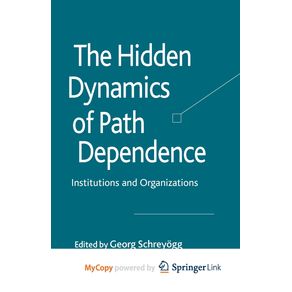 The Hidden Dynamics of Path Dependence
The Hidden Dynamics of Path Dependence
Springer Nature B.V.
R$ 348,36 ou até 3x sem juros Five Brain Leadership
Five Brain Leadership
Page Two Press
R$ 167,42 ou até 3x sem juros Treating People Not Patients
Treating People Not Patients
Ethos Collective
R$ 132,26 ou até 2x sem juros The Highest and Best Use Playbook
The Highest and Best Use Playbook
Balmoral Press
R$ 134,07 ou até 2x sem juros Investment Strategies
Investment Strategies
Springer Nature B.V.
R$ 345,19 ou até 3x sem juros Ichimoku Trading
Ichimoku Trading
Trade Stalker
R$ 100,69 ou até 2x sem juros The Future of Purpose-Driven Branding
The Future of Purpose-Driven Branding
Morgan James LLC (IPS)
R$ 126,58 ou até 2x sem juros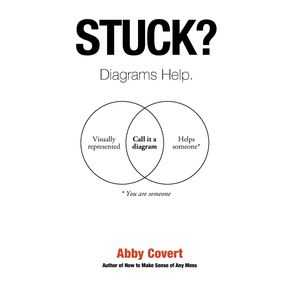 Stuck? Diagrams Help.
Stuck? Diagrams Help.
Lulu Press
R$ 275,64 ou até 3x sem juros The Work Before the Work
The Work Before the Work
Box of Tricks Publishing
R$ 155,18 ou até 3x sem juros A vista do topo (2005)
A vista do topo (2005)
BUZZ EDITORA
R$ 49,90 à vista Como não ser uma vendida (Livro com brinde) (2005)
Como não ser uma vendida (Livro com brinde) (2005)
BUZZ EDITORA
R$ 59,90 à vista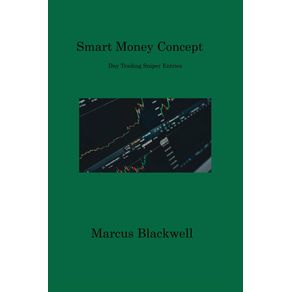 Smart Money Concept
Smart Money Concept
Marcus Blackwell
R$ 140,53 ou até 2x sem juros The 2-Hour Workshop Blueprint
The 2-Hour Workshop Blueprint
Big Charlie Press
R$ 138,78 ou até 2x sem juros Stakeholder Engagement Essentials You Always Wanted To Know
Stakeholder Engagement Essentials You Always Wanted To Know
Vibrant Publishers
R$ 327,39 ou até 3x sem juros Disrupt Disruption
Disrupt Disruption
New Degree Press
R$ 123,13 ou até 2x sem juros Treating People Not Patients
Treating People Not Patients
Ethos Collective
R$ 132,26 ou até 2x sem juros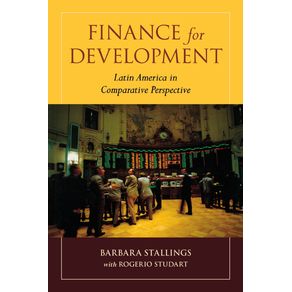 Finance for Development
Finance for Development
Rowman & Littlefield Publishing Group Inc
R$ 276,73 ou até 3x sem juros Quiet Voice Fearless Leader - 10 Principles For Introverts To Awaken The Leader Inside
Quiet Voice Fearless Leader - 10 Principles For Introverts To Awaken The Leader Inside
Frenchtown Publishing
R$ 126,99 ou até 2x sem juros Investment Strategies
Investment Strategies
Springer Nature B.V.
R$ 345,19 ou até 3x sem juros Organizar para a Complexidade. Como fazer o trabalho funcionar de novo, para criar organizações de alto desempenho
Organizar para a Complexidade. Como fazer o trabalho funcionar de novo, para criar organizações de alto desempenho
Follett Publishing
R$ 121,78 ou até 2x sem juros Project Management in the Hybrid Workplace
Project Management in the Hybrid Workplace
Racket Publishing
R$ 141,51 ou até 2x sem juros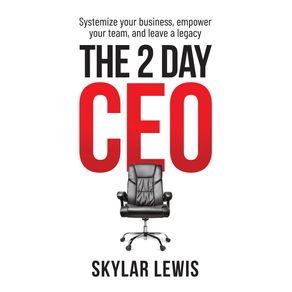 The 2-Day-CEO
The 2-Day-CEO
Rise Up Kings Inc
R$ 140,87 ou até 2x sem juros Dressing Modern Frenchwomen
Dressing Modern Frenchwomen
Hopkins Fulfillment Service
R$ 481,71 ou até 3x sem juros Meet Me On the Bridge
Meet Me On the Bridge
Manuscripts LLC
R$ 132,54 ou até 2x sem juros A vista do topo (2005)
A vista do topo (2005)
BUZZ EDITORA
R$ 49,90 à vista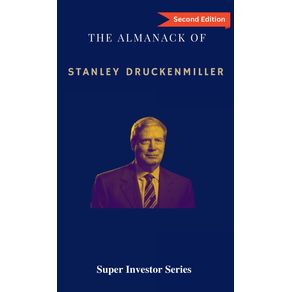 The Almanack of Stanley Druckenmiller
The Almanack of Stanley Druckenmiller
Upgraded Publishing
R$ 154,95 ou até 3x sem juros BlackRock de Larry Fink
BlackRock de Larry Fink
Draft2Digital
R$ 161,25 ou até 3x sem juros The ABM Effect
The ABM Effect
Momentum ITSMA
R$ 134,56 ou até 2x sem juros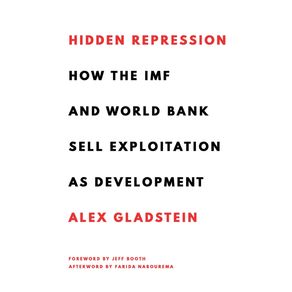 Hidden Repression
Hidden Repression
Bitcoin Magazine Books
R$ 175,17 ou até 3x sem juros Stakeholder Engagement Essentials You Always Wanted To Know
Stakeholder Engagement Essentials You Always Wanted To Know
Vibrant Publishers
R$ 327,39 ou até 3x sem juros Confronting Mistakes
Confronting Mistakes
Springer Nature B.V.
R$ 345,54 ou até 3x sem juros Leading with Strategic Thinking
Leading with Strategic Thinking
John Wiley & Sons
R$ 167,41 ou até 3x sem juros Ichimoku Trading
Ichimoku Trading
Trade Stalker
R$ 100,69 ou até 2x sem juros Value, Historicity, and Economic Epistemology
Value, Historicity, and Economic Epistemology
Springer Nature B.V.
R$ 346,52 ou até 3x sem juros An Essay On Abstinence From Animal Food
An Essay On Abstinence From Animal Food
Legare Street Press
R$ 169,29 ou até 3x sem juros Project Management in the Hybrid Workplace
Project Management in the Hybrid Workplace
Racket Publishing
R$ 141,51 ou até 2x sem juros Secrets of Closing the Sale
Secrets of Closing the Sale
Baker Publishing Group
R$ 178,73 ou até 3x sem juros Meet Me On the Bridge
Meet Me On the Bridge
Manuscripts LLC
R$ 132,54 ou até 2x sem juros The Work Before the Work
The Work Before the Work
Box of Tricks Publishing
R$ 155,18 ou até 3x sem juros